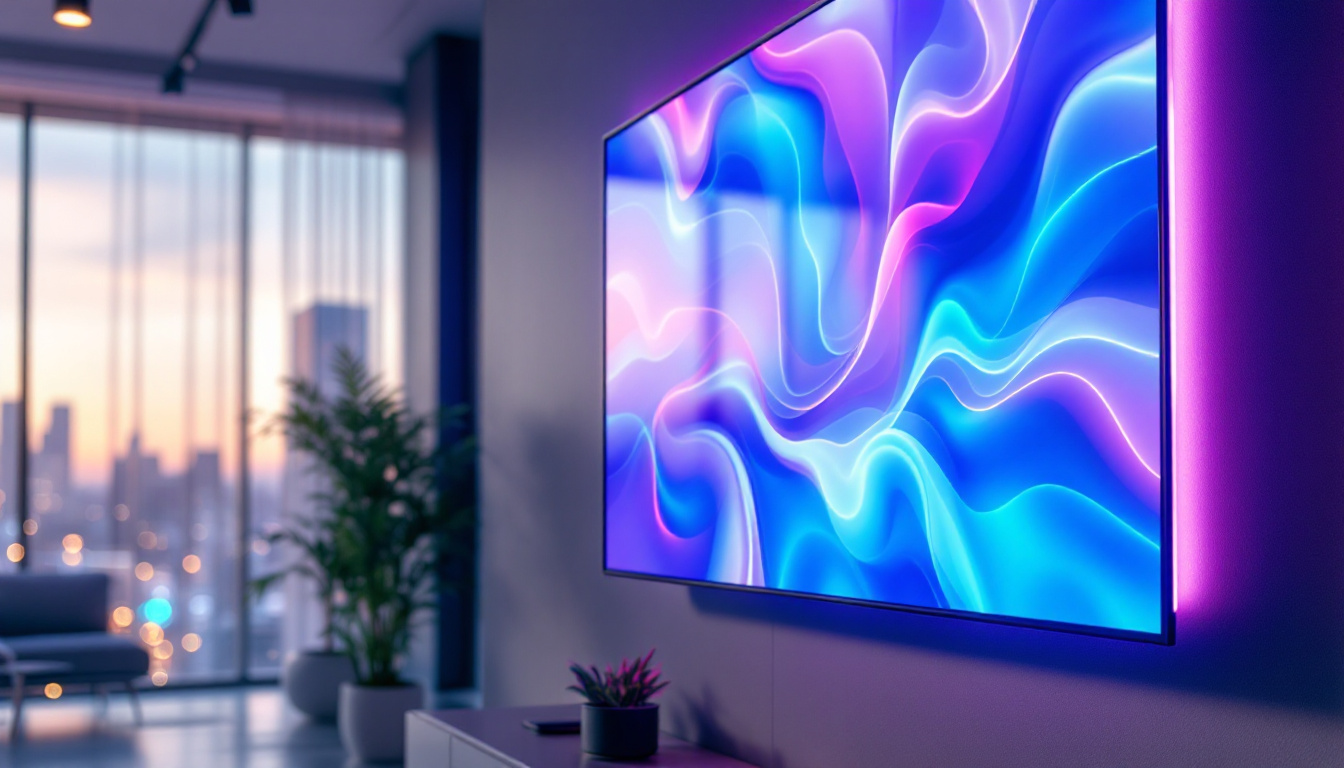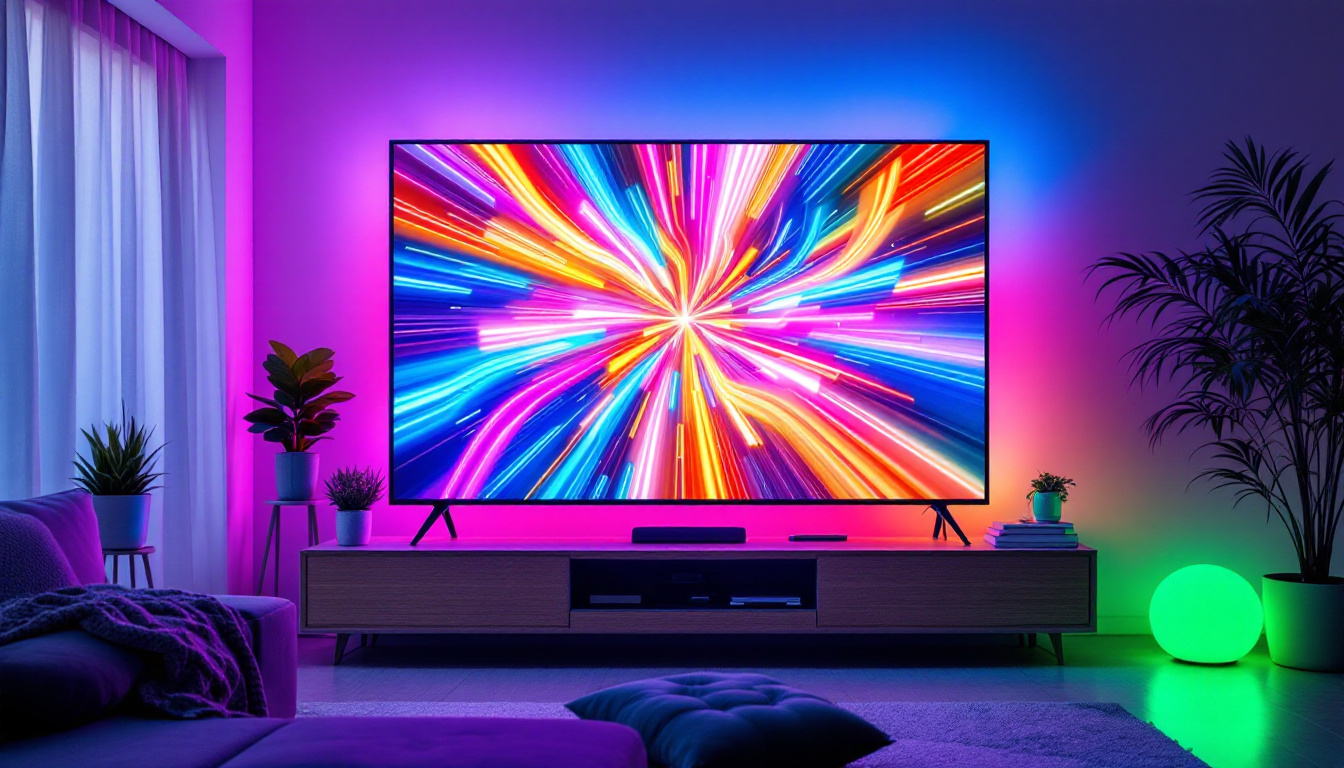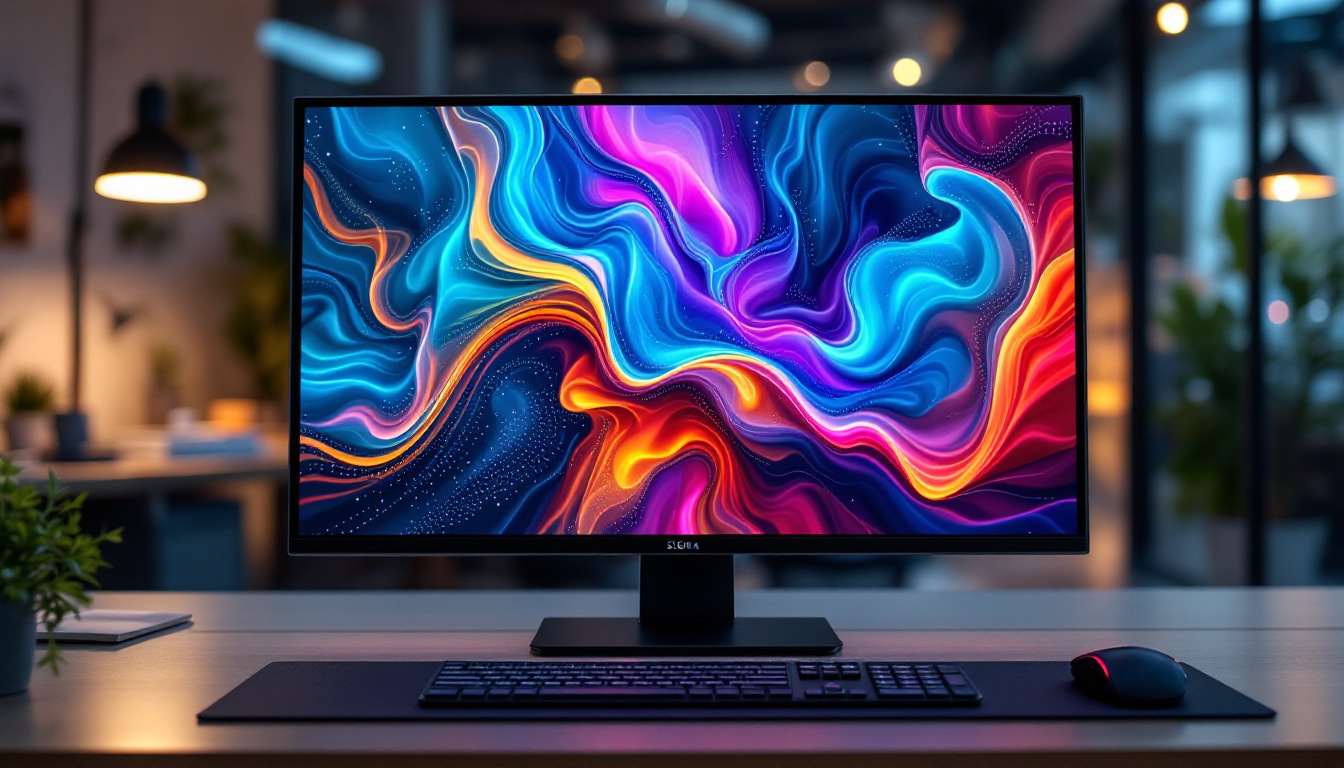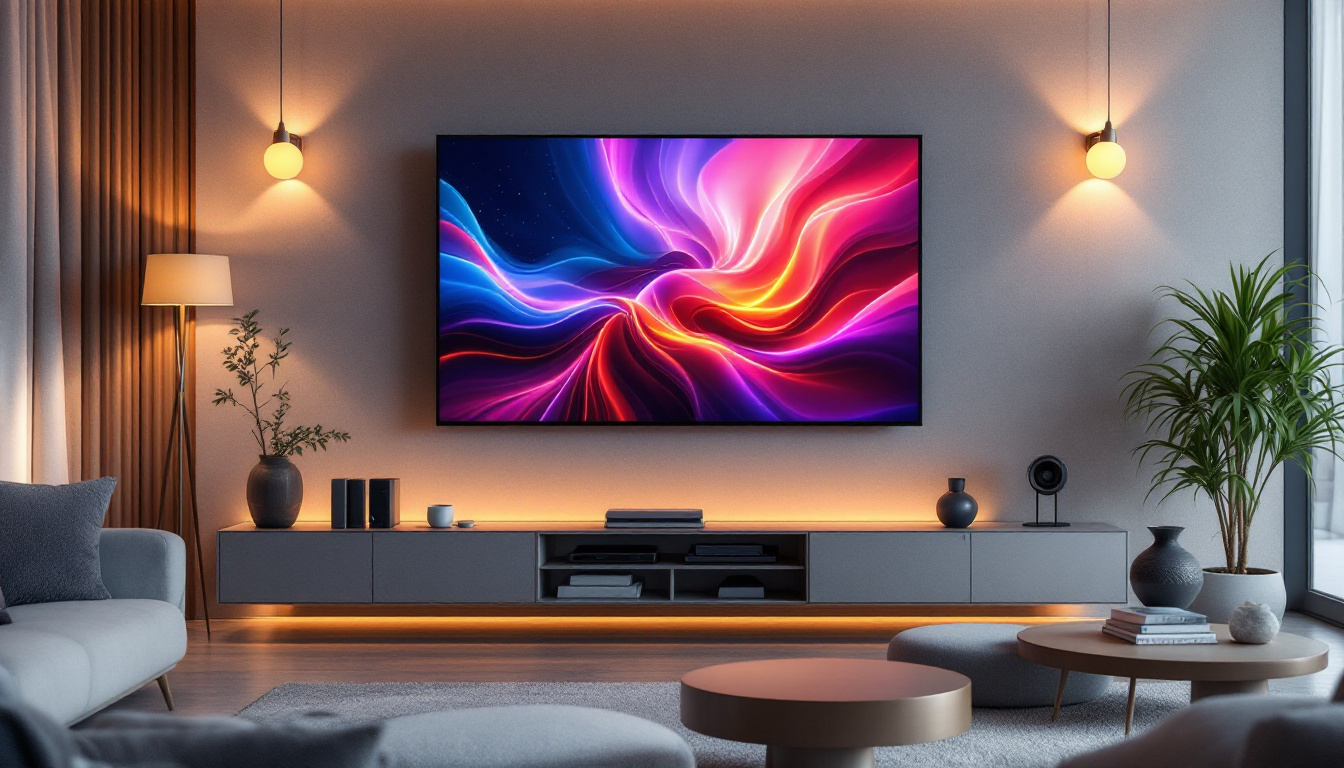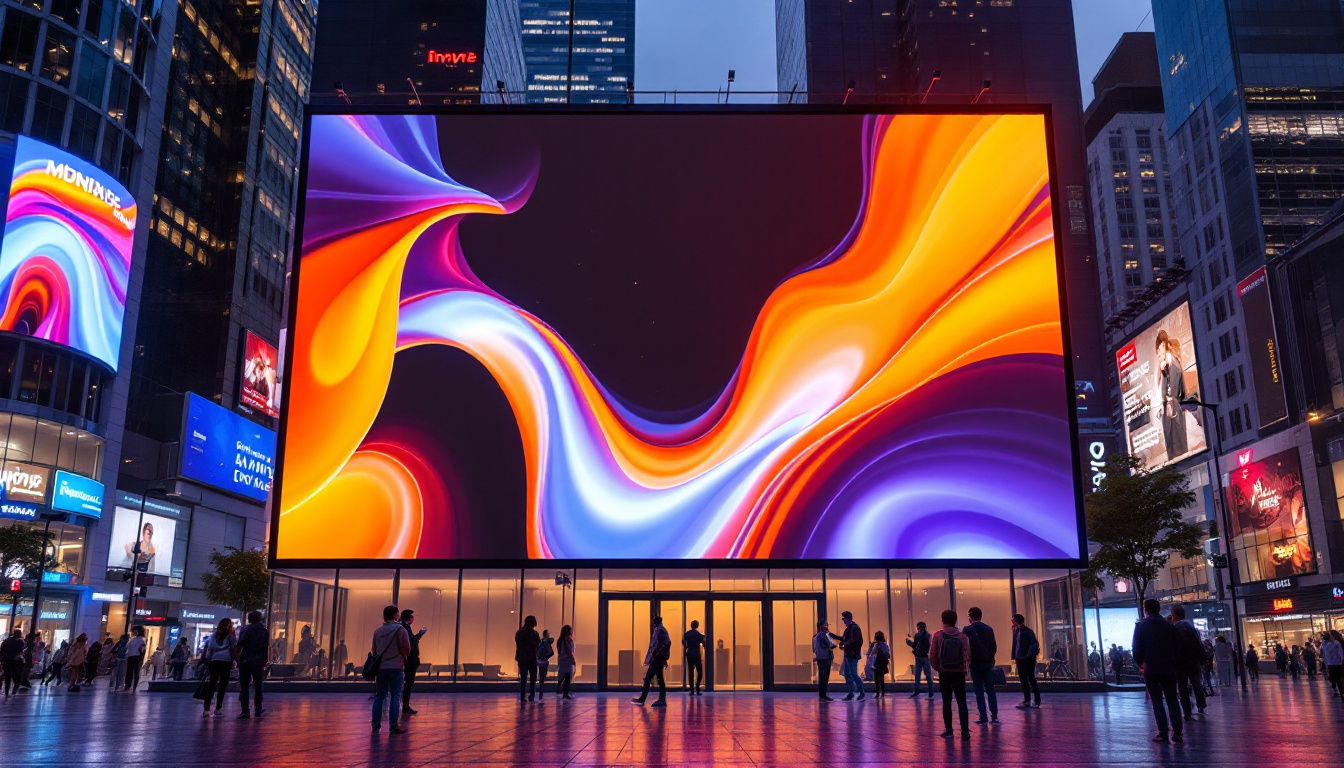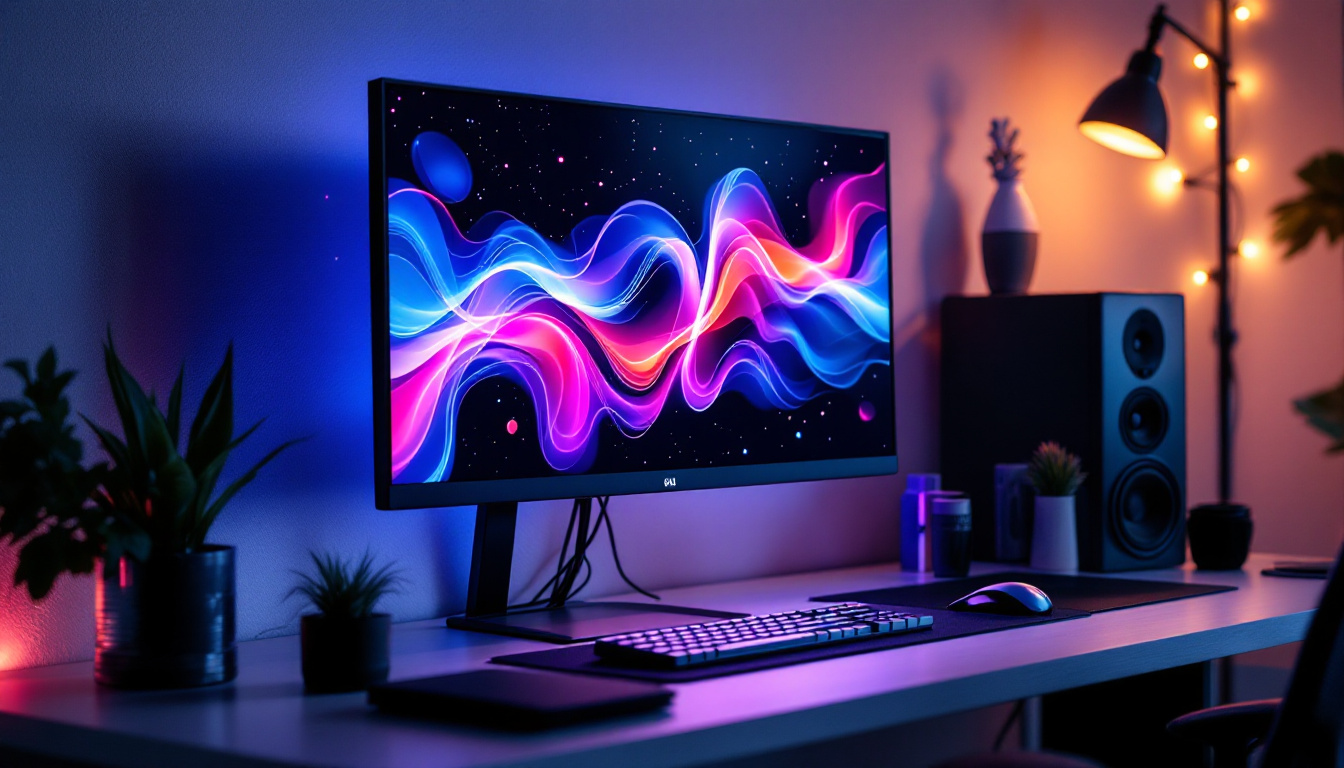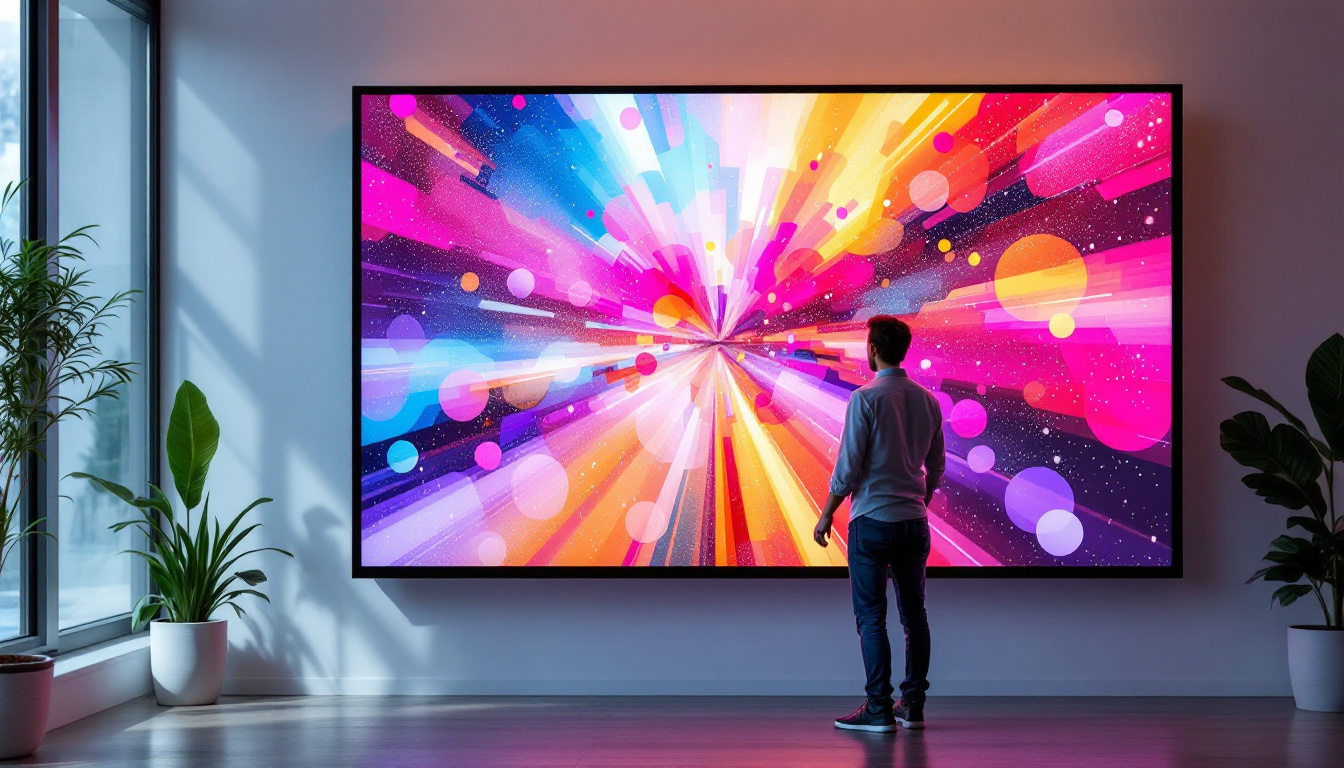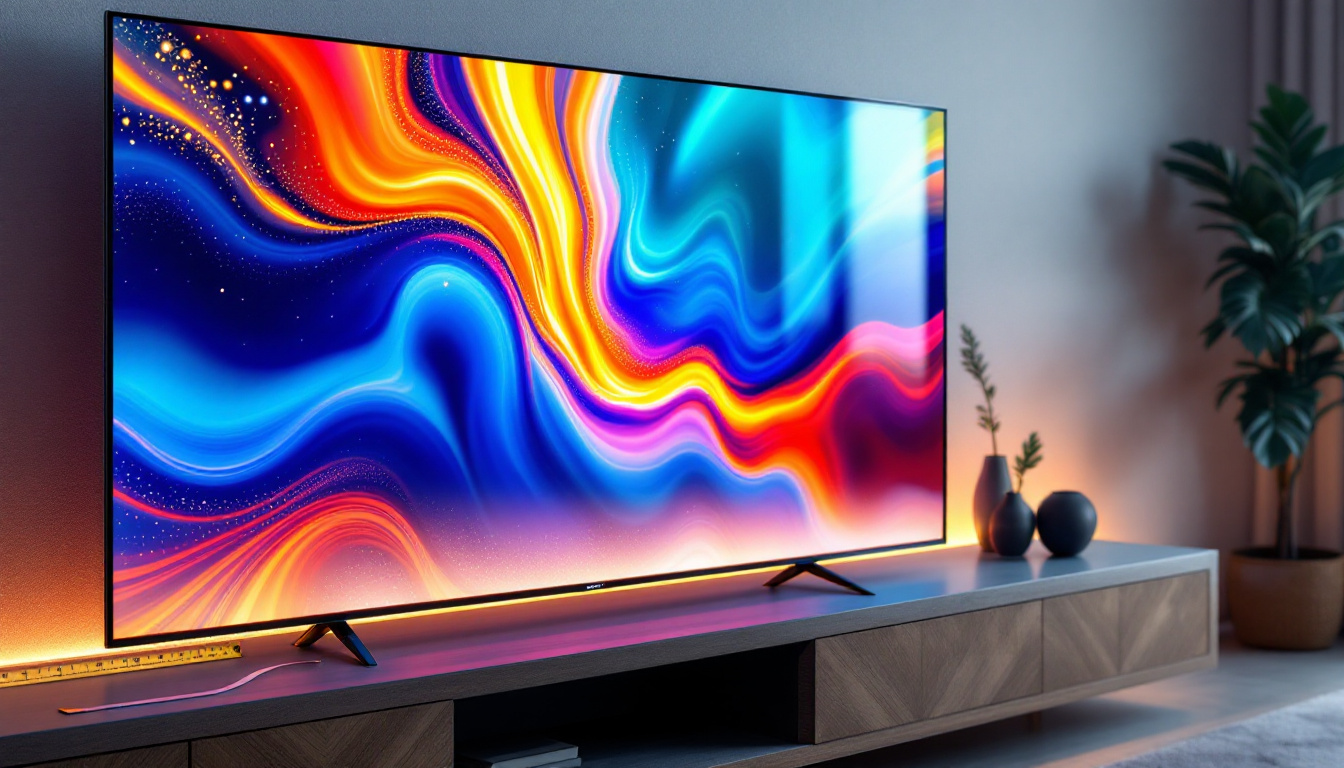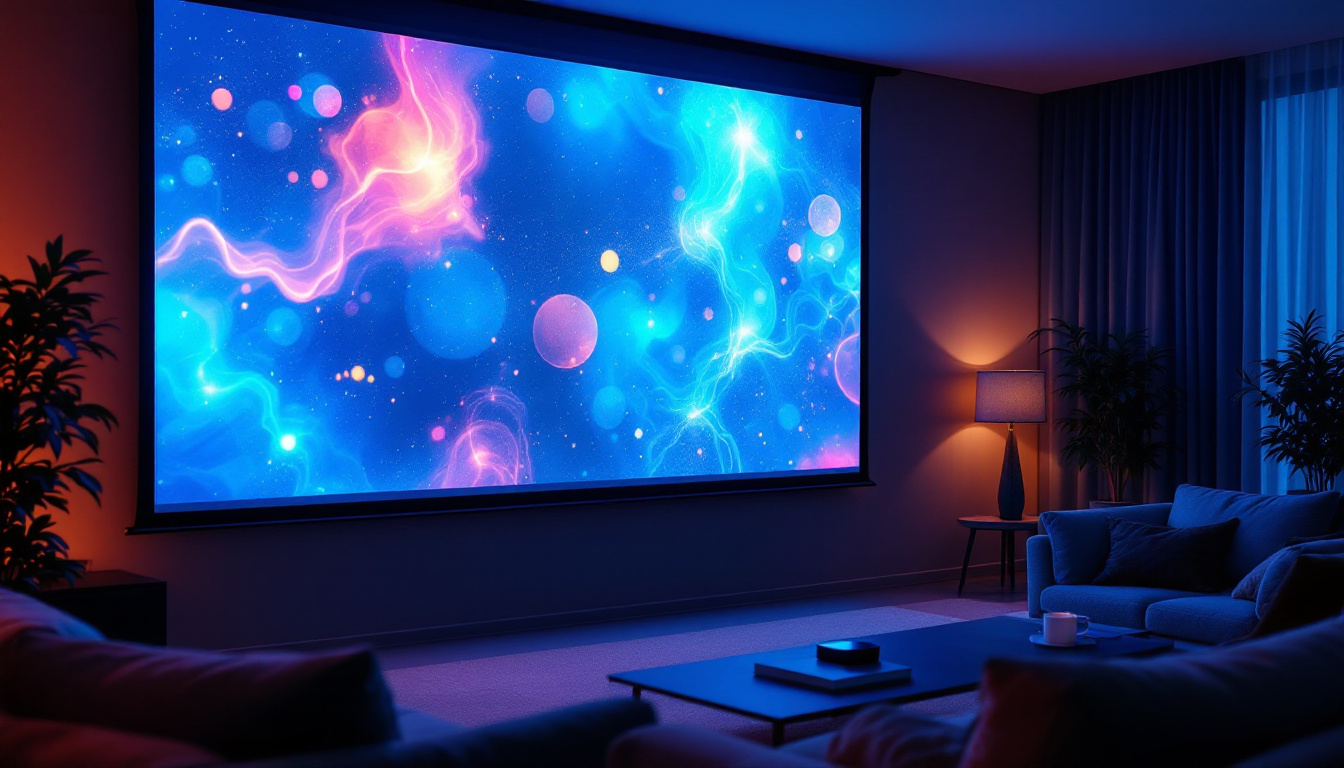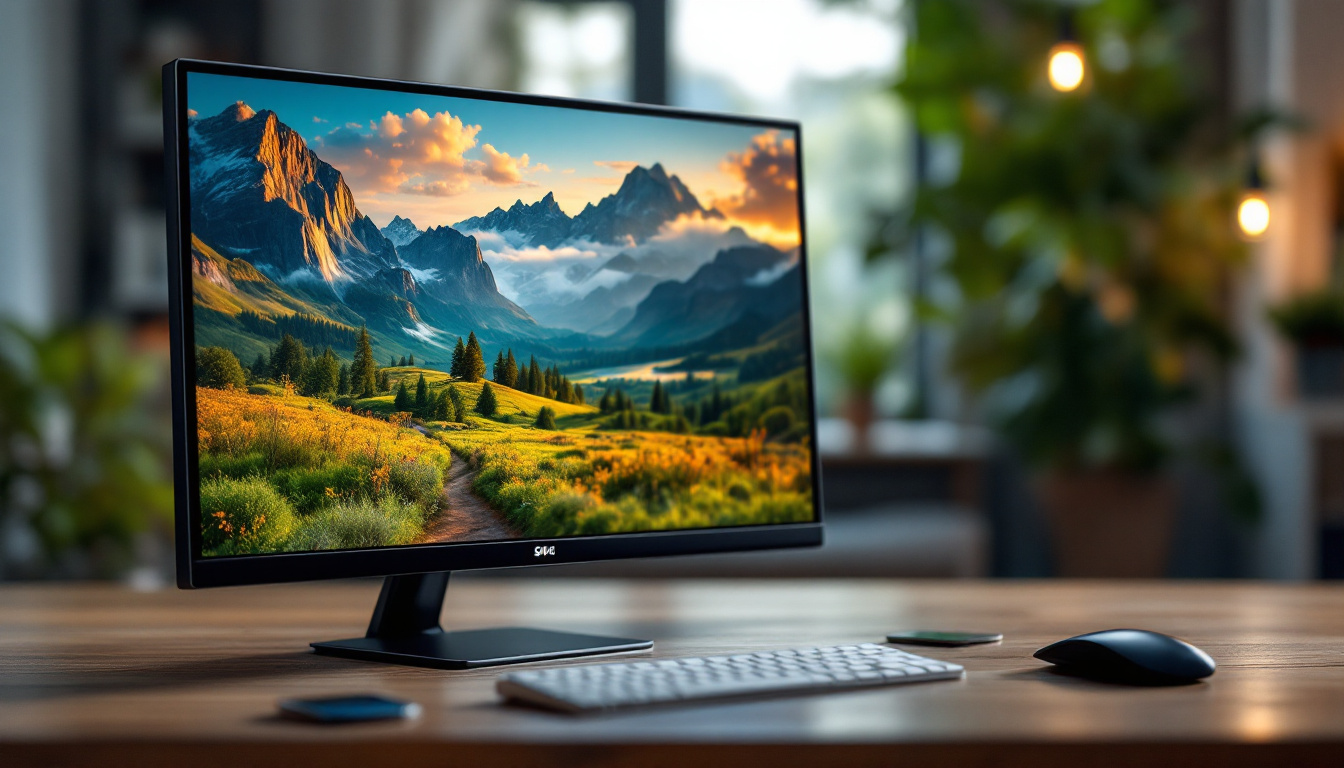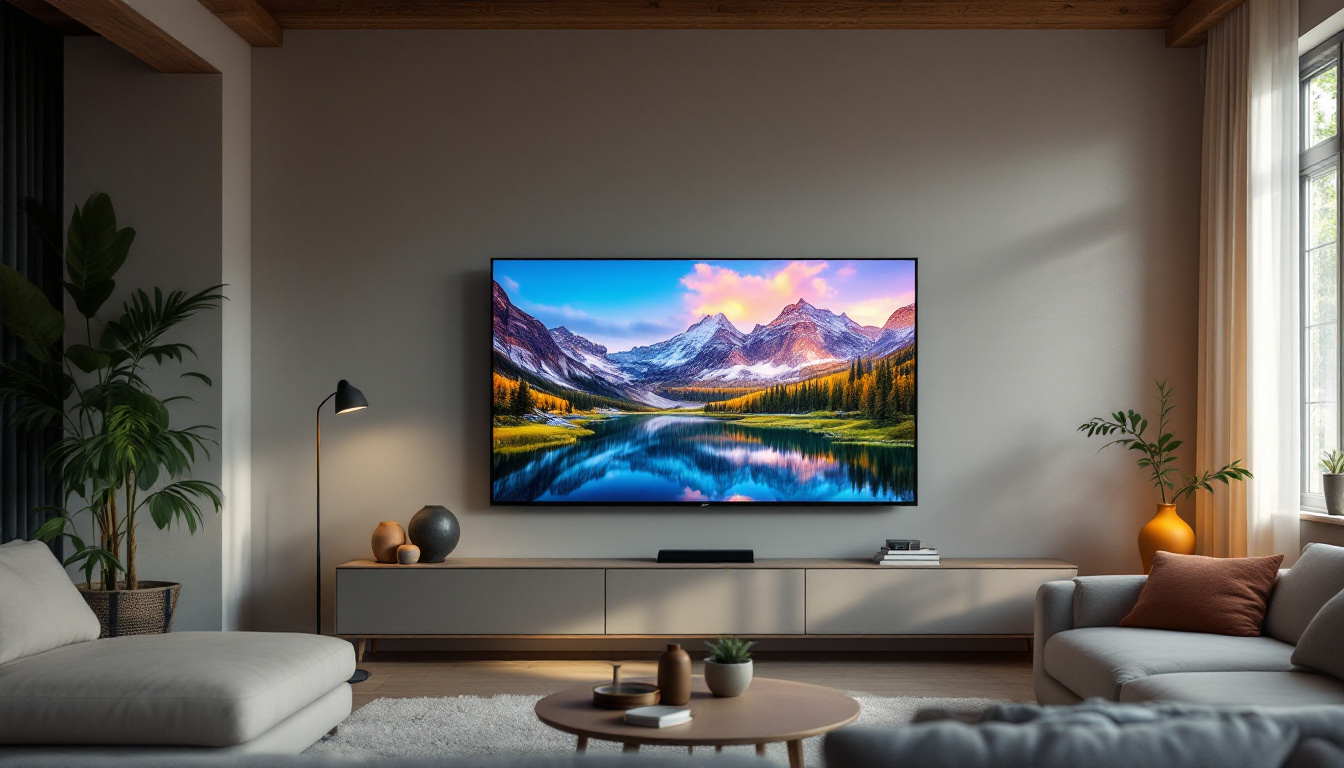As technology continues to evolve, the way we connect our devices and enjoy high-quality visuals has become increasingly sophisticated. Two of the most prominent standards in this realm are HDMI 2.1 and DisplayPort 1.4a. Both of these interfaces are designed to deliver stunning visuals and immersive experiences, but they cater to different needs and preferences. This article delves into the features, advantages, and practical applications of HDMI 2.1 and DisplayPort 1.4a, providing a comprehensive understanding of how they impact LED displays.
Understanding HDMI 2.1
HDMI (High-Definition Multimedia Interface) has been a staple in the world of video and audio connectivity for years. The introduction of HDMI 2.1 has brought significant advancements that enhance the overall user experience.
Key Features of HDMI 2.1
One of the standout features of HDMI 2.1 is its impressive bandwidth capability, which reaches up to 48 Gbps. This allows for higher resolutions and refresh rates, including 8K at 60Hz and 4K at 120Hz. Such capabilities are particularly beneficial for gamers and cinephiles who demand the best visual quality.
Additionally, HDMI 2.1 supports Dynamic HDR, which optimizes the brightness and contrast of each scene in real-time. This means that viewers can enjoy a more lifelike and immersive experience, as colors appear more vibrant and details are better defined. The ability to adjust HDR settings dynamically ensures that even in scenes with extreme lighting conditions, viewers will not miss out on details, making every frame a visual delight.
Enhanced Gaming Features
For gamers, HDMI 2.1 introduces several features that enhance gameplay. Variable Refresh Rate (VRR) minimizes lag and stuttering by synchronizing the display refresh rate with the frame rate output of the console or PC. This results in smoother gameplay and a more enjoyable gaming experience. The technology is particularly advantageous in fast-paced games where every millisecond counts, allowing players to maintain a competitive edge.
Another notable feature is Auto Low Latency Mode (ALLM), which automatically switches the display to a low-latency mode when gaming is detected. This ensures that input lag is minimized, allowing for quicker response times during intense gaming sessions. Furthermore, HDMI 2.1 also introduces Quick Frame Transport (QFT), which reduces latency even further by allowing frames to be transmitted faster. This combination of features makes HDMI 2.1 a game-changer for serious gamers, providing a seamless and responsive gaming experience that was previously unattainable.
The Advantages of DisplayPort 1.4a
DisplayPort has long been favored by PC enthusiasts and professionals for its versatility and performance. DisplayPort 1.4a continues this tradition, offering robust features that cater to high-end applications.
High Bandwidth and Resolution Support
DisplayPort 1.4a supports a maximum bandwidth of 32.4 Gbps, which is slightly lower than HDMI 2.1 but still allows for impressive resolutions. It can handle 8K resolution at 60Hz with HDR, as well as 4K at 120Hz. This makes it an excellent choice for high-resolution monitors and multi-display setups.
Moreover, DisplayPort 1.4a supports Display Stream Compression (DSC), which enables the transmission of high-resolution video without noticeable loss in quality. This feature is particularly useful for users who require multiple high-resolution displays connected to a single output. With DSC, professionals in fields such as graphic design, video editing, and gaming can enjoy stunning visuals that maintain their integrity, even when pushed to the limits of resolution and refresh rates.
Versatility and Multi-Display Support
One of the significant advantages of DisplayPort is its ability to daisy-chain multiple monitors through Multi-Stream Transport (MST). This feature allows users to connect several displays to a single DisplayPort output, making it ideal for professionals who require extensive screen real estate for multitasking or creative work. For instance, a graphic designer might connect a primary monitor for detailed work while using additional screens for reference materials and tools, enhancing productivity and workflow.
Additionally, DisplayPort is often the preferred choice for VR headsets due to its low latency and high refresh rates, which are crucial for an immersive virtual reality experience. The ability to deliver smooth, lag-free visuals is essential in VR environments, where even the slightest delay can disrupt the user’s experience and lead to motion sickness. As virtual reality technology continues to evolve, the reliability of DisplayPort 1.4a positions it as a key player in the future of immersive entertainment and professional applications.
Furthermore, DisplayPort 1.4a also includes support for Adaptive Sync technology, which helps eliminate screen tearing and stuttering during gaming or fast-paced video playback. This feature is particularly appealing to gamers who demand fluid motion and responsiveness in their gameplay. By synchronizing the refresh rates of the display with the frame rates of the graphics card, DisplayPort ensures that every frame is rendered smoothly, providing a competitive edge in fast-paced gaming scenarios.
Comparative Analysis: HDMI 2.1 vs. DisplayPort 1.4a
While both HDMI 2.1 and DisplayPort 1.4a offer impressive capabilities, they cater to different audiences and use cases. Understanding their differences can help consumers make informed decisions based on their specific needs.
Bandwidth and Resolution
As previously mentioned, HDMI 2.1 boasts a higher bandwidth of 48 Gbps compared to DisplayPort 1.4a’s 32.4 Gbps. This difference allows HDMI 2.1 to support higher resolutions and refresh rates, making it more suitable for next-gen gaming consoles and high-end TVs. However, DisplayPort 1.4a still provides excellent performance for most applications, particularly in the PC gaming and professional markets. The ability of HDMI 2.1 to handle 8K resolution at 60Hz or 4K at 120Hz is particularly appealing for gamers looking to take full advantage of the latest hardware. In contrast, DisplayPort 1.4a can handle 8K at 30Hz, which may be sufficient for many users but falls short for those seeking ultra-smooth gameplay experiences.
Audio Capabilities
Both HDMI 2.1 and DisplayPort 1.4a support advanced audio formats, including multi-channel audio and high-definition audio codecs. However, HDMI has the edge when it comes to consumer electronics, as it supports features like ARC (Audio Return Channel) and eARC (enhanced Audio Return Channel), allowing for seamless audio transmission between devices like soundbars and TVs. This feature is particularly beneficial for home theater enthusiasts who want to simplify their setup by reducing the number of cables needed for audio connections. DisplayPort, while capable of transmitting audio, does not offer the same level of integration with consumer audio devices, making it less convenient for home entertainment systems.
Use Cases and Practical Applications
HDMI 2.1 is often the preferred choice for home entertainment systems, gaming consoles, and 4K/8K TVs. Its features cater to casual viewers and gamers who prioritize ease of use and compatibility with a wide range of devices. Additionally, HDMI 2.1’s support for features like Variable Refresh Rate (VRR) and Quick Frame Transport (QFT) enhances the gaming experience by reducing lag and screen tearing, making it a popular choice for competitive gamers.
On the other hand, DisplayPort 1.4a is favored by PC gamers and professionals who require high-performance displays and multi-monitor setups. Its versatility and support for daisy-chaining make it an excellent choice for those who need to maximize their workspace. For instance, a user can connect multiple monitors through a single DisplayPort output, allowing for expansive desktop setups that are ideal for graphic design, video editing, or immersive gaming experiences. Furthermore, DisplayPort’s ability to support Adaptive Sync technology helps to eliminate stuttering and tearing, ensuring a smooth visual output that is crucial for high-paced gaming scenarios.
Another aspect to consider is the evolving landscape of technology standards. As new devices emerge, the relevance of HDMI and DisplayPort may shift. For example, HDMI 2.1 is becoming increasingly common in the latest TVs and gaming consoles, while DisplayPort continues to dominate in the realm of PC hardware. This divergence highlights the importance of understanding not only the current capabilities of each standard but also how they may adapt to future technological advancements. As manufacturers continue to innovate, the choice between HDMI and DisplayPort may also hinge on the specific features and functionalities that users prioritize, such as support for HDR content or the need for high refresh rates in competitive gaming.
Future-Proofing Your Setup
As technology continues to advance, the importance of future-proofing your display setup cannot be overstated. Both HDMI 2.1 and DisplayPort 1.4a offer features that ensure compatibility with upcoming devices and standards.
HDMI 2.1: A Step Ahead
HDMI 2.1 is poised to be the standard for the next generation of home entertainment. With the rise of 8K content and the increasing popularity of high-refresh-rate gaming, HDMI 2.1’s capabilities position it as a forward-thinking choice. Furthermore, its widespread adoption across consumer electronics means that users can expect compatibility with a broad range of devices.
DisplayPort 1.4a: Still Relevant
Although DisplayPort 1.4a may not have the same level of adoption in the consumer market, it remains highly relevant for PC users and professionals. Its ability to support multiple displays and high resolutions ensures that it will continue to be a valuable tool for those who require advanced display setups.
Conclusion: Making the Right Choice
In the battle of HDMI 2.1 vs. DisplayPort 1.4a, the decision ultimately comes down to the user’s specific needs and preferences. HDMI 2.1 excels in home entertainment and gaming, offering features that enhance the viewing experience for casual users. Meanwhile, DisplayPort 1.4a stands out for its versatility and performance in professional and gaming environments.
When choosing between these two standards, consider factors such as the type of devices you own, your intended use case, and your future needs. Both HDMI 2.1 and DisplayPort 1.4a have their strengths and weaknesses, and understanding these can help you make an informed decision that enhances your LED display experience.
As technology continues to evolve, staying informed about the latest advancements in connectivity standards will ensure that your setup remains cutting-edge and capable of delivering the best possible experience.
Discover the Future of Visuals with LumenMatrix
Ready to elevate your visual experience with the latest in LED display technology? LumenMatrix is at the forefront of innovation, offering a wide array of LED display solutions tailored to your needs. Whether you’re looking to enhance your brand visibility with an Indoor LED Wall Display, captivate passersby with an Outdoor LED Wall Display, or create immersive environments with Custom LED Displays, LumenMatrix has the cutting-edge technology to bring your vision to life. Don’t just keep up with the advancements in display connectivity—lead the way with LumenMatrix. Check out LumenMatrix LED Display Solutions today and transform your space into a dynamic visual masterpiece.



